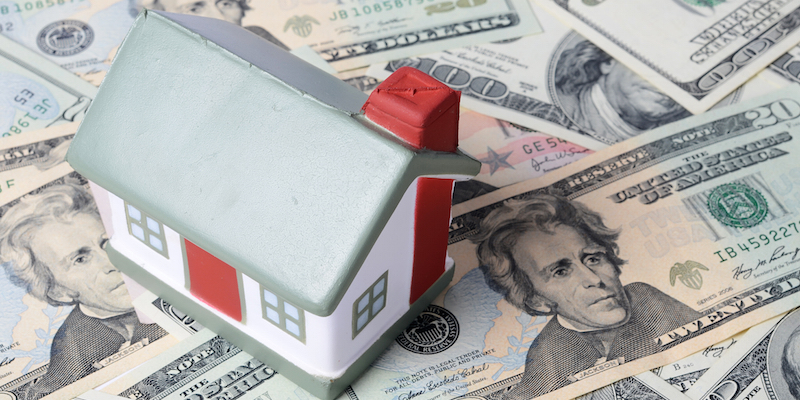When parties divorce, generally each party thinks about having an equal value of the assets at the time of divorce. So, for example, if a couple has net assets of $100,000, each party would want $50,000. But from an economic standpoint, are all assets created equal?
To answer this question, we need to consider some important economic concepts.
First, we need to understand the idea of present value. If I have the choice of receiving $100 from you today or in a year, I would prefer to have the money now for two reasons – (a) I can choose how to spend or invest it to meet my current needs, and (b) in a year the value of the money will be worth less because of inflation. So, in strict economic terms, I would only want to trade $100 now for $100 later if I also receive later the real value of the $100 when I collect. So, if the rate of inflation is 5% per year, in one year I would need to receive $105. But that is not really the full value of the tradeoff, because I could have invested the $100 and earned more than 5% for that year, or I could have used the $100 to pay off debt and reduce my interest on that debt. So, we can see why present value varies by asset and why cash now rather than cash later makes economic sense.
Second, we need to understand the tax consequences of an asset transaction. When we own stocks or bonds and later go to liquidate these assets we have to pay a capital gains tax. So, if I receive $100 worth of stock, I have to determine if the future growth of the stock will outweigh the capital gains I will have to pay when I liquidate. If I intend to liquidate immediately, I need to discount the stock immediately by the capital gains. When we own a house, we have to consider that it requires paying taxes, insurance and upkeep, and that if we ever go to sell the house, we have to pay capital gains taxes and commissions. So, unless the value of the house as an investment will exceed the loss due to taxes and upkeep, the house can actually be an annual loser as an investment. Of course, the house has other benefits besides its resale value, but its net equity is critical if you ever want to leverage that amount for a second mortgage.
Third, we need to think about what economists call opportunity cost. Every choice in a property settlement presents choices – giving up asset A to have some or all of asset B. The opportunity cost is what we lose by choosing A over B or B over A. Sometimes opportunity costs are very objective – asset A has a present value of $1000 and asset B has a present value of $2000, so all things being equal, we would lose $1000 to take asset A. But we also have subjective considerations. Perhaps the asset has value we cannot quantify, from sentiment to short term usage to helping the children have consistency in living situations. In these situations, we need to try and quantify that subjective component to get a better understanding of what we would really give up.
Finally, we need to consider the purpose of the asset. Do we want the asset for use now, or do want it for use later? The latter category consists of savings and retirement benefits, while the former would consist of cash or a house. We have to understand the real value of the asset given its purpose to put a proper valuation on it. For example, a retirement fund worth $100,000 today will be worth much more when you actually use it because it should grow at a rate you can estimate based on previous fund performance. But it will not be worth as much as you think, because (a) when you begin using it you will likely have to pay taxes on the income you receive, and (b) the cost of goods will likely be higher.
Given these economic considerations, how do we determine if assets are created equal? We will answer that question in our next post.
If you have questions about asset valuation and divorce, contact us – we can help.
